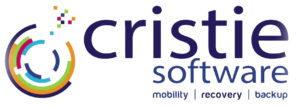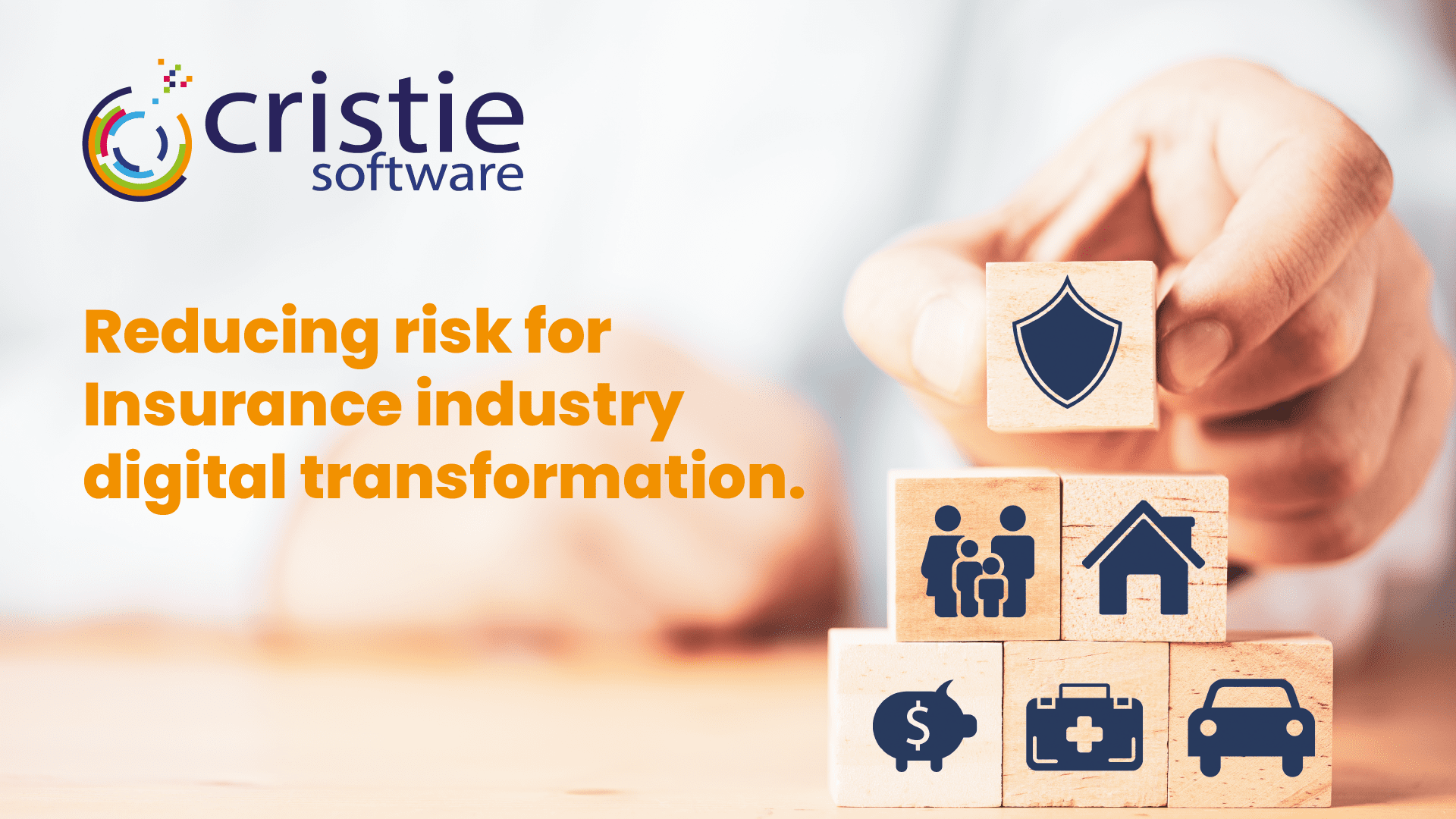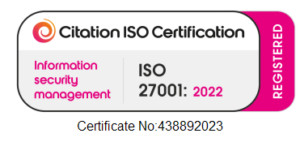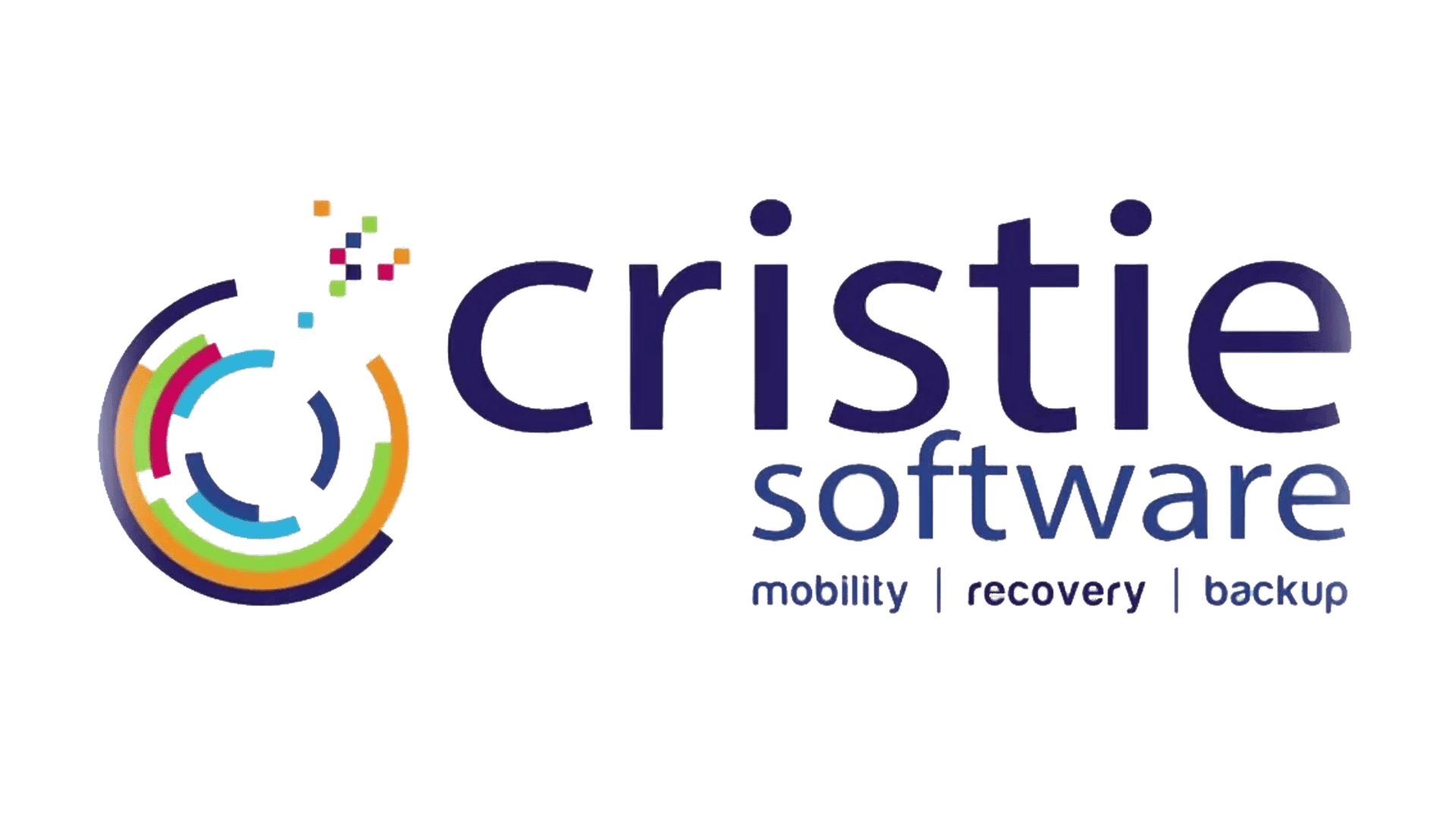Este sitio web utiliza cookies para que podamos ofrecerle la mejor experiencia de usuario posible. La información de las cookies se almacena en su navegador y realiza funciones como reconocerle cuando vuelve a nuestro sitio web y ayudar a nuestro equipo a comprender qué secciones del sitio web le resultan más interesantes y útiles.
Protección de datos
Cookies estrictamente necesarias
Cookie estrictamente necesaria debe estar activada en todo momento para que podamos guardar sus preferencias de configuración de cookies.
Si desactiva esta cookie, no podremos guardar sus preferencias. Esto significa que cada vez que visite este sitio web tendrá que volver a activar o desactivar las cookies.
Cookies de terceros
Este sitio web utiliza Google Analytics para recopilar información anónima como el número de visitantes del sitio y las páginas más populares.
Mantener esta cookie activada nos ayuda a mejorar nuestro sitio web.
Este sitio web utiliza las siguientes cookies adicionales:
- Leadlander
Nos gustaría hacer un seguimiento de los visitantes Business que han visitado nuestra página web. Para ello, LeadLander obtiene la dirección de la empresa del visitante comercial a partir de la dirección IP. Utilizamos esta información y los productos que han visto en nuestro sitio web con fines de marketing y ventas. - Reddit
Para saber qué publicaciones de Reddit atraen clientes a nuestro sitio web. - Whoisvisiting
Para saber qué les interesa a nuestros clientes cuando visitan nuestro sitio web.
Por favor, activa primero las cookies estrictamente necesarias para que podamos guardar tus preferencias.

